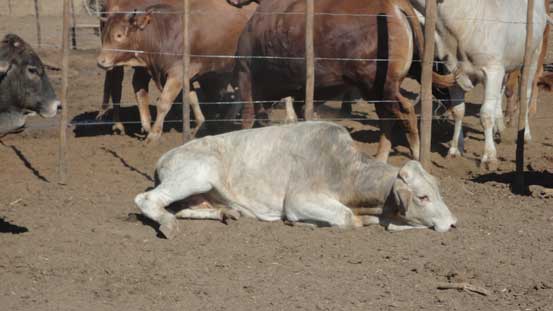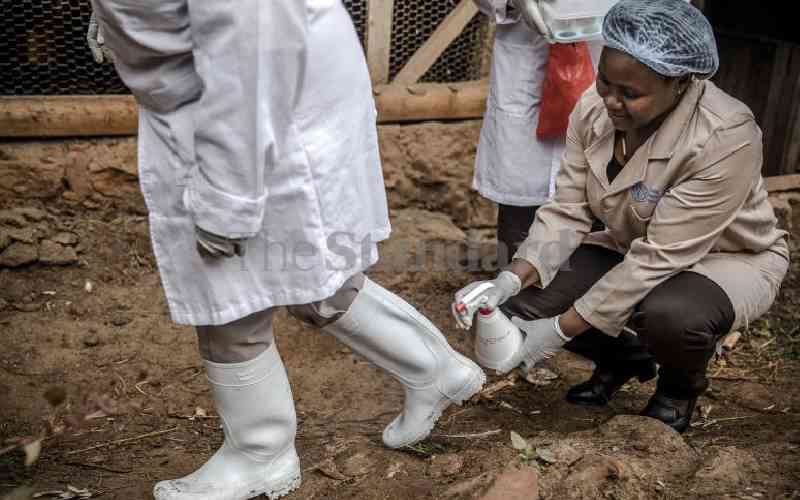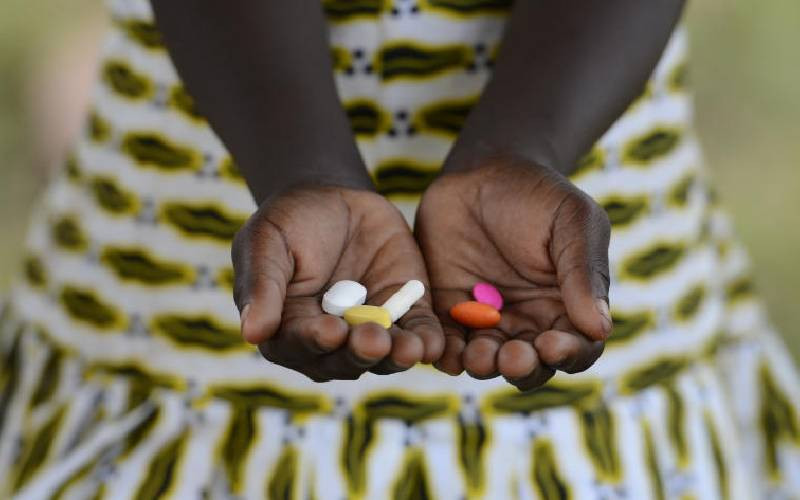
NAIROBI, KENYA: Next week is the World Antimicrobial Resistance Week, a period set aside to create awareness on antimicrobial resistance.
Antibiotic resistance is steadily progressing into a great challenge in animal health management. Today, it is common for a veterinary doctor to examine a cow come up with a confirmed diagnosis, administer an antibiotic but the animal ‘refuses’ to recover.
As a farmer you may wonder why a drug that has treated a particular disease over time is suddenly losing its potency. When an antibiotic loses its power to cure; be prepared for bigger problems. There are actually three things that may follow; one is your vet will use a more powerful and certainly costly drug and that means the cost of treatment will go up eating into your profits. The second option is that the animal may succumb to the disease and the third means that researchers must go back to the lab and develop another drug; this can take many years of expensive experimentation.
Antibiotics are medicines that treat bacterial diseases; there are many disease causing bacteria in man and animals. Animals died in their numbers due to bacterial diseases before the advent of antibiotics.
When Sir Alexander discovered penicillin, the first antibiotic in 1928 derived from a fungus it marked a new era in bacterial disease management. Other antibiotics were discovered later on. Many lives have been saved through use of antibiotics;.
Antibiotics were so effective that they quickly acquired a name – magic bullets to explain the speed and accuracy with which they treated illnesses.
Research shows that the antibiotics are losing this long cherished potency, as the disease causing micro-organisms mutate to evade the killer effects of the drugs designed against them.
Most of the resistances have been traced to misuse of antibiotics in livestock disease management; placing the farmer at the centre of antimicrobial resistance.
The livestock sector is the greatest consumer of antibiotics. So as a farmer what are you supposed to do to save antibiotics?
Never administer antibiotics
There is a lot of science behind antibiotics; only an animal health professional understand what drug dosage means, how to administer and the mechanism of drug action and its subsequent removal from the body. Many farmers become “doctor” in a fortnight, administering antibiotics to animals without the knowledge of dosage and route of administration among other pharmacokinetics of the drug.
You are likely to give the wrong dosage – overdose or under dose if you use antibiotics without the direction of a vet. Both under dosing and overdosing contribute to the development of antibiotic resistance. Worst still an overdose can result in toxicity which is lethal.
When an antibiotic has to be given over days; make sure you observe the interval and make sure the dose is completed. Incomplete dosages will create ample grounds for future resistance as the sub optimal dose enables the bacteria to mutate.
Prevention is better than Cure
Stay informed. Subscribe to our newsletter
With good animal husbandry practices diseases incident can be lowered greatly and hence reducing the use of antibiotics. When in an area where vaccine preventable diseases like Contagious Bovine Pleuro-pneumonia, Anthrax are endemic endeavour to get your animals vaccinated. Biosecurity measures can also help in preventing disease outbreaks.
Resist growth promoters
Antibiotics growth promoters are commonly used in poultry production to hasten growth rate of birds. Animal welfare activists have shown through research that this is not a good practice and puts the animal under stress and thus abusing its welfare. But it is not just a welfare issue; the use of growth promoters has been shown contribute to antibiotic resistance.
(The writer is winner of Vet of the Year Award 2016 and works with the Kenya Tsetse and Trypanosomiasis Eradication Council – KENTTEC, [email protected])
 The Standard Group Plc is a
multi-media organization with investments in media platforms spanning newspaper
print operations, television, radio broadcasting, digital and online services. The
Standard Group is recognized as a leading multi-media house in Kenya with a key
influence in matters of national and international interest.
The Standard Group Plc is a
multi-media organization with investments in media platforms spanning newspaper
print operations, television, radio broadcasting, digital and online services. The
Standard Group is recognized as a leading multi-media house in Kenya with a key
influence in matters of national and international interest.
 The Standard Group Plc is a
multi-media organization with investments in media platforms spanning newspaper
print operations, television, radio broadcasting, digital and online services. The
Standard Group is recognized as a leading multi-media house in Kenya with a key
influence in matters of national and international interest.
The Standard Group Plc is a
multi-media organization with investments in media platforms spanning newspaper
print operations, television, radio broadcasting, digital and online services. The
Standard Group is recognized as a leading multi-media house in Kenya with a key
influence in matters of national and international interest.









